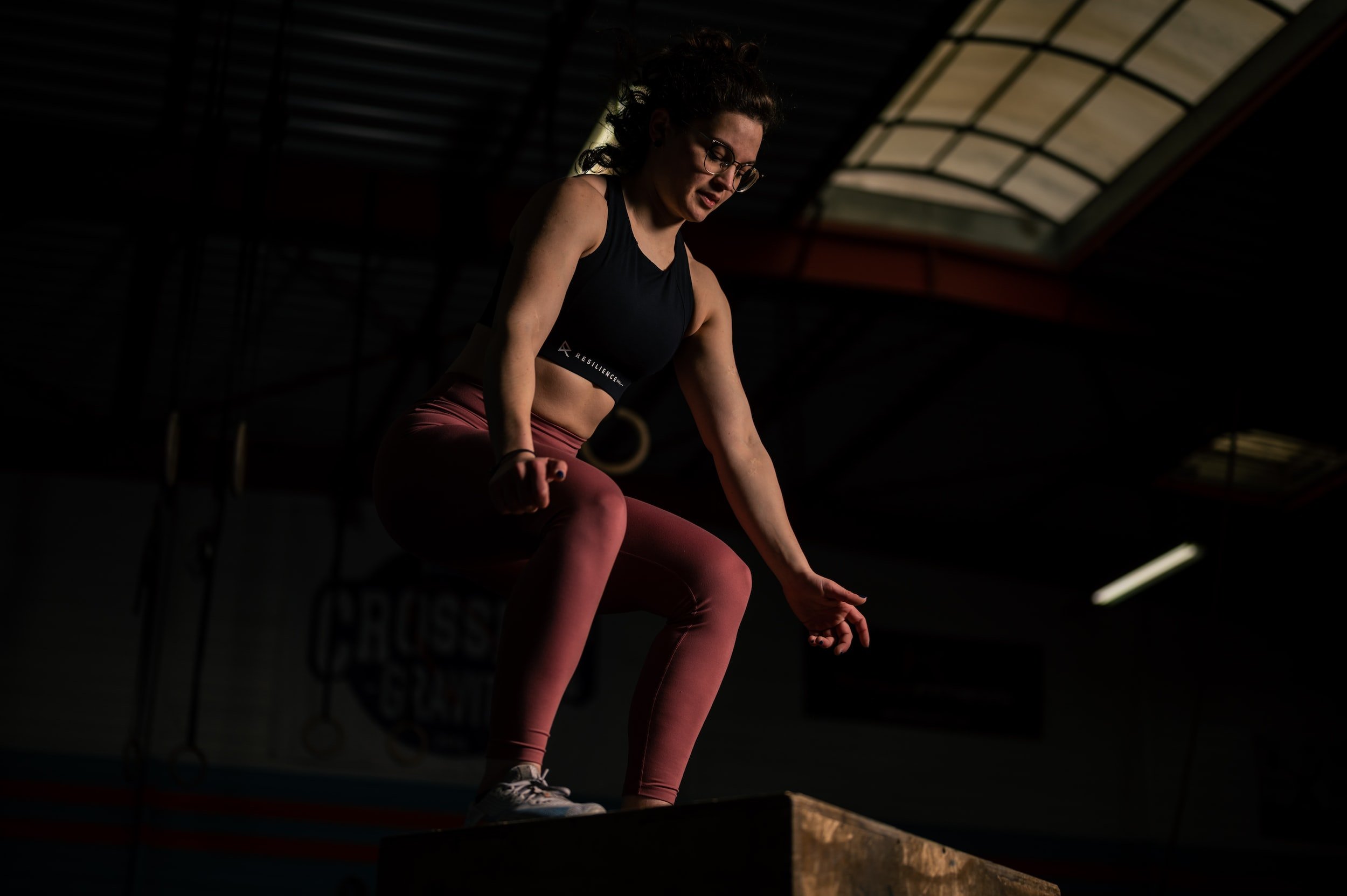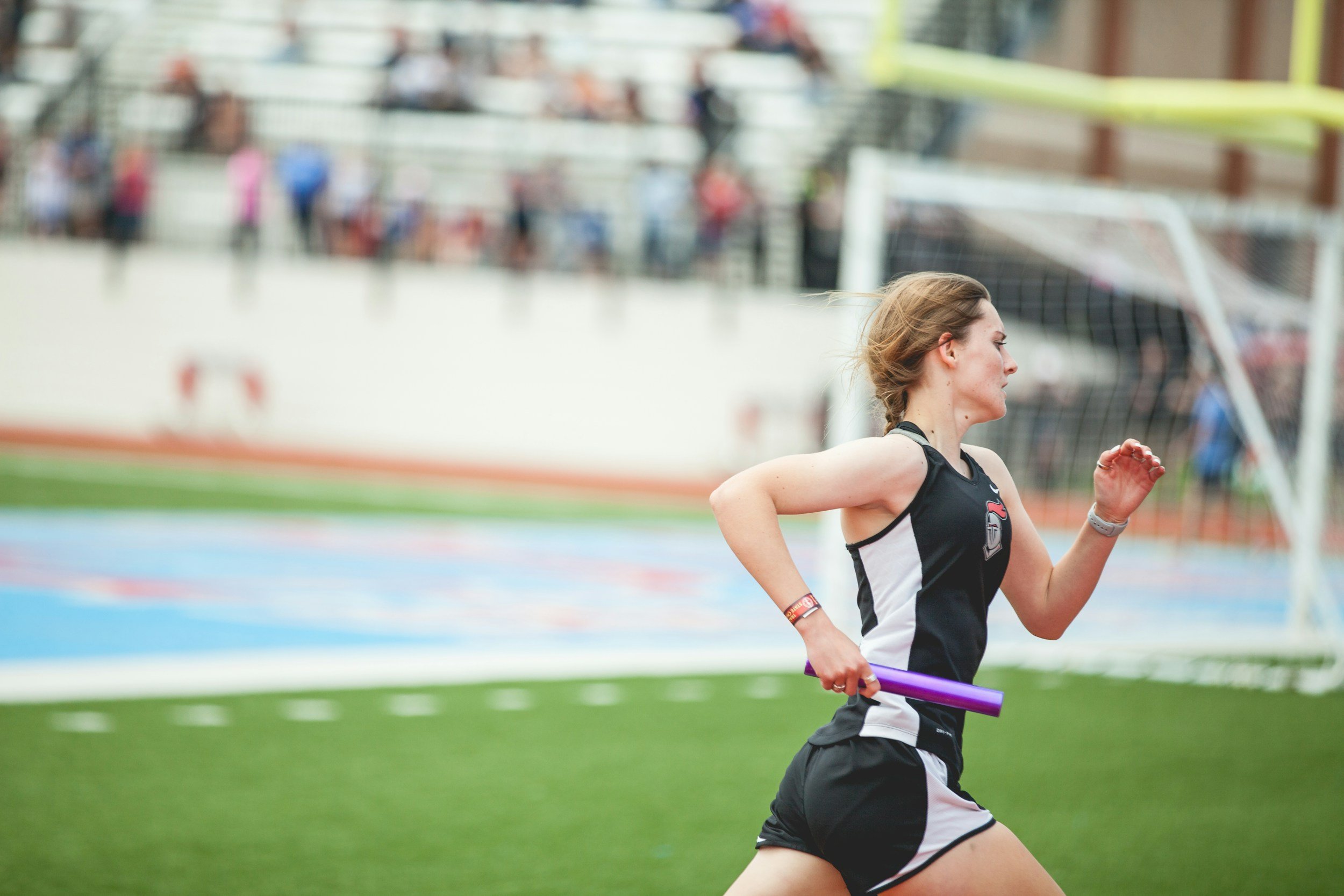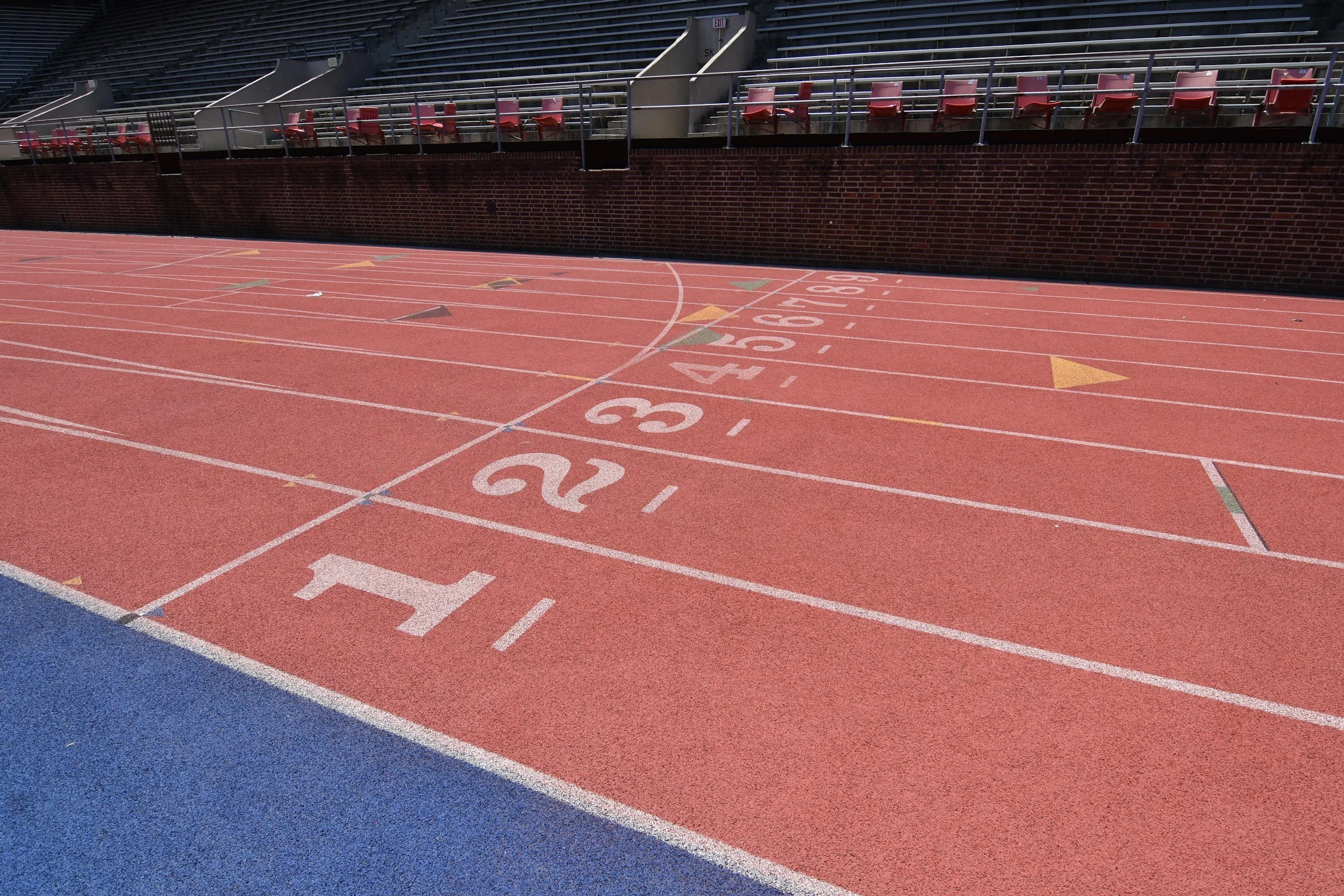12 Plyo Drills for Long Jumps
Plyometric (plyo.) training, or jump training, involves jumping exercises where an athlete exerts their max. force in short intervals. These workouts are excellent at developing explosive muscle power and strength, which allows you to run faster and jump higher. They improve performance in any event that involves running, jumping, or kicking.
Below are some sample plyo drills for long jumpers.
Note - The workout list below is NOT a training program. You should develop one with your personal coach to adjust.
Be sure to warm up properly before doing these workouts. This includes some body weight training, stretches, and exercises. For best results, perform these workouts at the paces and distances described with extreme focus and a competitive spirit. During training, it's important to do sprints as you do in competition.
Workout sourced from Jeff Martin*
12 Plyo Drills
SIDEWAYS BOX DRILL - Preform for 30/60 or 90 seconds. It is highly explosive and the jumper should try to minimize contact time with the ground and reach maximum height each time.
ALTERNATING PUSH OFF - The jumper places his foot flat on top of the platform. The jumper then rises straight up and must fly "as high as possible" to land on the platform. The jumper then restarts the exercise with the other leg and repeats. You can do 5 sets of 5 per leg.
HURDLE HOPS - Set a series of hurdles [height depends on the jumper's age and experience]. The jumper jumps over the hurdles with both his feet, trying to limit maximum height and knee flexion on landing, and quickly recovering after landing. Always keep your upper body upright. Try 6 sets of 6 hurdles with a 1-minute rest between each rep.
DROP DOWN REBOUND - The jumper 'steps' down and on landing on a full foot DRIVES immediately upwards. Do not lean forward when landing. The energy stored in stretched muscles must be used immediately.
DROP DOWN REBOUND TO SECOND BOX - The jumper "steps off" and as soon as he lands on full foot he rises vertically off the ground and lands on top of the second platform. Multiple platforms with different heights can be used to extend the drill. You may want to move from a lower platform to a set of higher platforms
DROP DOWN REBOUND TO TRY TO TOUCH OBJECT – The jumper tries to touch a high object.
Dropdown Rebound with Dynamic 'Vertical Momentum' Over Hurdles - The jumper 'steps off' and drives vertically over the hurdles with a full foot landing. The height of the hurdles is determined by age and experience.
Two-Legged Jump Specified Distance or Specified Number of Repetitions
Jump on the platform - the height of the platform is 90 cm above the jumper, the jumper lowers his hips slightly and immediately explodes and lands on the platform. Start at 60cm and gradually increase to 90cm or more. Hips should not be too low to initiate vertical momentum
Standing long jump to dive on the platform [height depends on age and experience] - Jumper performs standing long jump on a high platform. Upon landing, the jumper changes direction from horizontal to vertical. The jumper must be raised as high as possible and with vertical momentum straighten and extend the leg.
ONE LEG BOX JUMP – Jump bounces off the ground onto a platform with a height determined by the age and experience of the jumper. Both legs must be worked. The goal is to move vertically off the ground before landing on the platform.
ONE-LEG HURDLES- Jumper performs a series of driving his jumps over a series of hurdles. The goal is touch and go.































